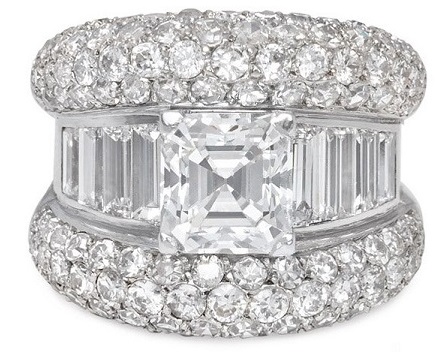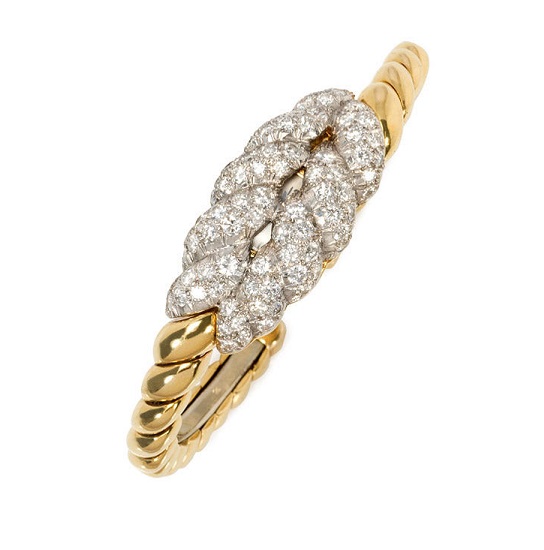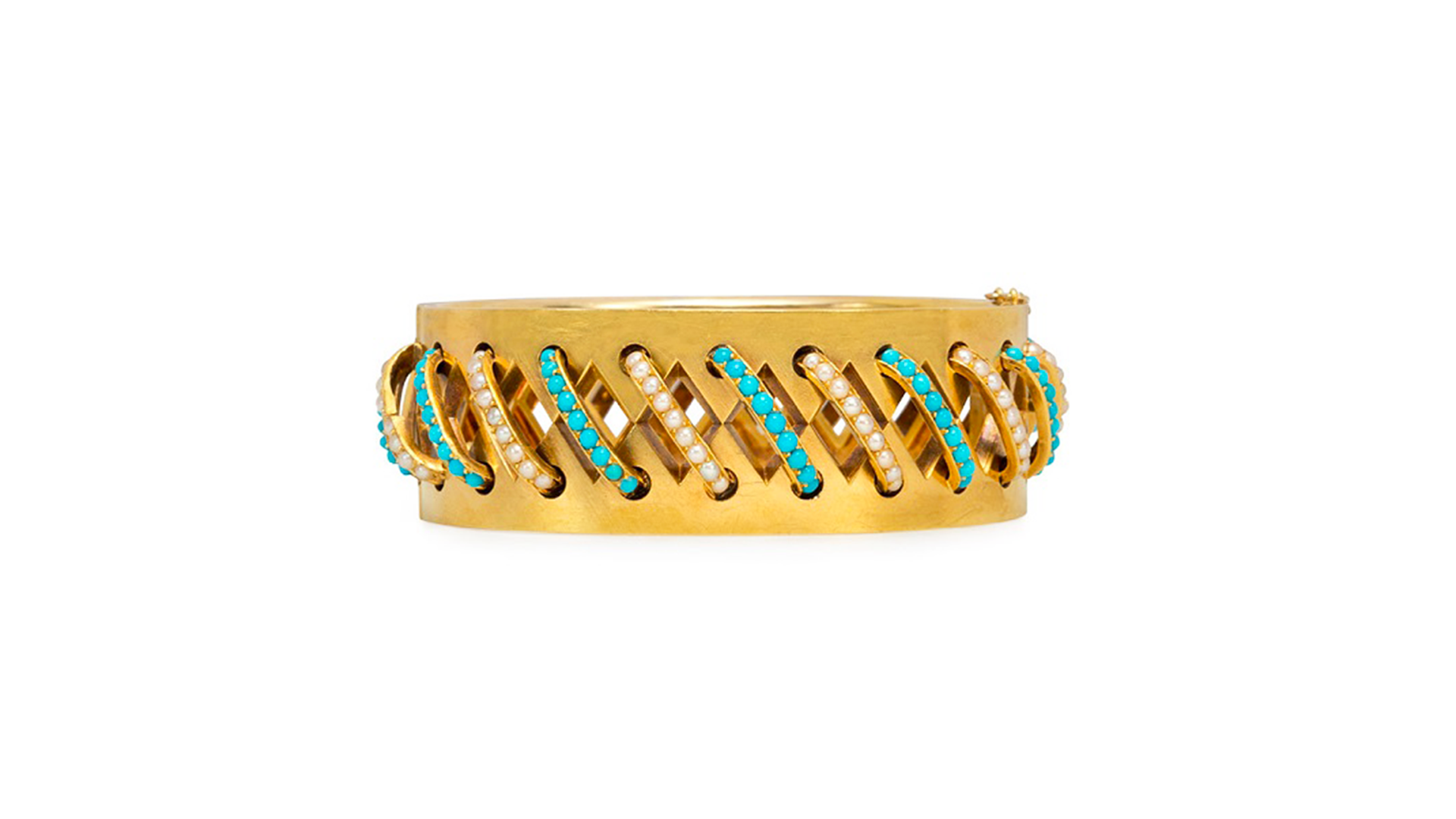If you’re thinking about starting a jewelry collection (or any other collection for that matter), you must consider why you want to build a collection. People start collections for many reasons – perhaps you want to use a collection as part of a financial portfolio, or you want something to pass down to your children, maybe you love history as told through the decorative arts, or you might just enjoy surrounding yourself with beauty. Whatever your reasons are for collecting there are a few things to consider. Matthew Imberman, co-president of Kentshire Galleries in New York City, who, along with his sister, is the third generation to lead the firm, shares his thoughts on why you may, or may not, want to collect jewelry.
Why do people collect jewelry?

There are myriad reasons one might collect jewelry—sentimental, nostalgic, financial — but for us the most compelling collections focus first on the emotional and aesthetic connection to a piece and secondarily on financial reasons, if at all. A great collection can tell a story about the person who assembled it, their history, the arc of their taste over time and their passions. The most important part of collecting is that you must love what you purchase. At the end of the day none of us as has a crystal ball, nor can we predict what will appreciate in value. If you buy what you love it will always mean something to you regardless of its value to other people. If you buy something purely as an investment and that investment goes down you’re not going to be happy with it.
Do the pieces in a jewelry collection have to be worn?
We sell jewelry to be worn, not just to be kept in the safe. Part of the benefit of buying rare vintage jewelry is that it is often made to a higher standard than contemporary commercial jewelry. Some pieces might require special handling. We work to educate our clients on how to wear and care for their jewelry and we hope our clients wear their pieces as that adds a greater element of enjoyment in the long run than just keeping them in the safe.
What type of guidance should a client expect from their jeweler when developing a collection?

A good dealer should work to help you understand why a certain piece is important, valuable, or desirable — why a client should collect something in the first place. They should provide an aesthetic viewpoint, an understanding of their clients tastes and needs as well as insights into the larger jewelry market beyond their niche. They should also unconditionally stand behind what they sell, and should provide various post-sale services such as resizing or repairs. You should feel comfortable with the relationship just like with any good relationship. You should also work to find someone you connect with aesthetically as well as personally.
We work to understand what motivates our clients stylistically and emotionally and to that end we work to develop long-term relationships that enable us to help our clients build deeply personal and valuable collections. Part of the benefit of collecting vintage jewelry is that its rarity can add to its desirability and a good dealer will help you navigate the larger world of vintage jewelry so the pieces you end up acquiring are rare, beautiful, inherently well-made and help add to the story your collection will tell others.
Should the pieces in a jewelry collection be signed? Why or why not?

When people first start off collecting it’s often easier to focus on signed pieces as it adds a certain sense of security. Of course, we think signed pieces have an important place in a collection, however focusing solely on signed pieces means you greatly limit what you can add to your collection. The vast majority of rare and important jewelry is unsigned. In fact, the vast majority of jewelry throughout history is not signed. As your knowledge and taste as a collector develop, it’s important to look beyond who signed the piece and start to develop an appreciation for the more tangible aspects of what might make the piece rare and desirable: Its overall design, the quality of its materials, fabrication and its historical importance.
Featured image (top of page): Victorian era, antique turquoise, pearl and 18-karat gold bracelet.
Authored by Amber Michelle
